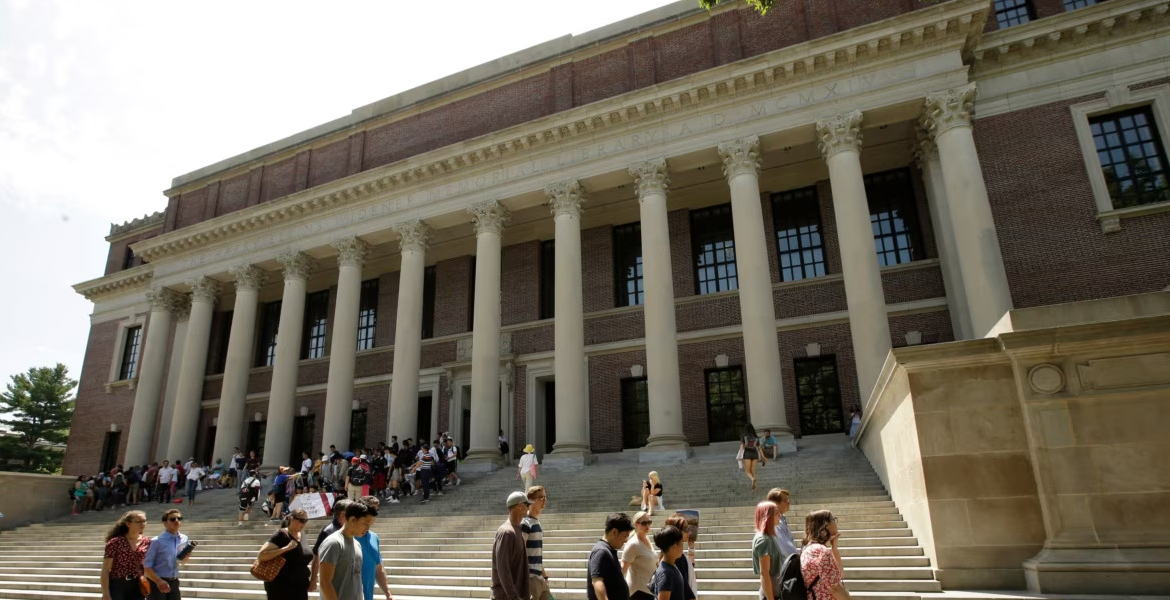American Universities Struggle to Adapt to Declining International Enrollment

US universities are grappling with a steep decline in international student enrollment, a trend driven by stricter immigration policies and a shrinking domestic student pool.
According to a new report from the National Foundation for American Policy (NFAP), the decline in international students could lead to serious consequences for American higher education. Without an influx of international students and immigrant families, many institutions could face severe financial and operational difficulties over the next decade.
The main driver of this problem is a long-term decline in birth rates following the 2007 financial crisis. Professor Madeline Zavodny, the author of the report, warns that a "demographic cliff" is on the horizon, with the number of traditional college-aged Americans expected to decrease significantly starting in 2025. This shrinking domestic population is intensifying the pressures on universities that are already struggling to maintain enrollment levels.
The NFAP report forecasts that undergraduate enrollment could fall by nearly five million students by 2037, and graduate programs may lose over 1.1 million students.
The impact of this decline will be felt beyond the academic world. Universities are key economic drivers for their local communities, providing jobs and supporting regional growth. A significant drop in student numbers would not only reduce access to higher education but also threaten the livelihoods of people working in and around universities.
Smaller, regional institutions, particularly in rural areas, are at risk of serious financial strain, as they often rely on international students to remain viable. These colleges, which typically lack the resources to compete with larger universities, will find it increasingly difficult to attract both domestic and international students.
While prestigious institutions such as Yale and Columbia may have the financial resources and brand recognition to weather the storm, smaller universities and liberal arts colleges may not be so fortunate.
Many of these schools depend heavily on international students for both enrollment numbers and revenue. Graduate programs, in particular, could be hard hit, as international students often choose larger universities with more funding and research opportunities. Financial difficulties are already becoming apparent. Public colleges in the US saw their largest decline in tuition revenue since 1980 in 2023, partly due to shrinking enrollment. For example, West Virginia University has responded by cutting academic programs and laying off faculty members, including closing entire departments and eliminating teaching positions.
In addition to these demographic challenges, the tightening of immigration policies under the previous US administration has further complicated the situation. Policies such as travel bans, limited visa interview availability, and reduced work opportunities for international students after graduation have created significant barriers. Further changes to the H-1B visa program and student visa extensions threaten to make the situation even worse.
In 2025, a controversial decision by the US State Department required international students to leave the country for minor visa violations, which sparked widespread criticism. Although the policy was eventually reversed after legal challenges, it left international students and educators feeling uncertain about their future in the US NAFSA, the Association of International Educators, predicts a substantial decline in new international student enrollment for the fall of 2025.
The importance of international students and immigrant families goes beyond enrollment numbers. Second-generation Americans make up a large portion of both undergraduate and graduate students, contributing to campus diversity and enriching the educational experience. Additionally, international students typically pay higher tuition fees, which helps subsidize education for US-born students.








Add new comment